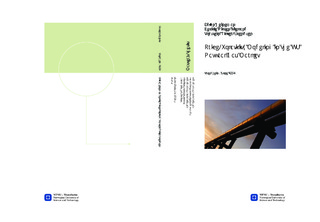Price-Volatility Modeling in the US Natural Gas Market
Master thesis
Permanent lenke
http://hdl.handle.net/11250/266275Utgivelsesdato
2012Metadata
Vis full innførselSamlinger
Sammendrag
Understanding price-volatility in the natural gas market is important as it affects new investments and the behavior of market participants. In this paper the volatility of US natural gas prices is investigated using daily Henry Hub futures data for the period 1996 to 2011. The purpose is to determine the best conditional volatility model for forecasting and modeling, and to investigate the fundamental drivers of volatility. Several models are applied and compared on the basis of explanatory power, post-estimation tests, as well as in- and out-of-sample one-day-ahead forecasting capabilities evaluated using the Dynamic Quantile Test and Kupiec LR test. Based on these evaluation criteria EGARCH is found superior to GARCH, GJR, IGARCH, RiskMetrics and APARCH. Additionally, EGARCH is found satisfactory when evaluating 5, 10 and 20-day-ahead forecasts using the Kupiec LR test on Monte Carlo simulated VaR levels. To investigate the drivers of volatility, proxies for each determinant are included in the conditional volatility models and in an OLS framework. Economic activity, seasonality and daily effects are found to be statistical significant, with the daily effects having the largest influence, while oil volatility, changes in temperature, production and storage levels are insignificant. From the results it can be concluded that if the aim of the conditional volatility modeling is short-term forecasting, the determinants should be excluded as they do not improve forecasting accuracy. Conversely, if the aim is to explain the causes of volatility, the in-sample evaluation indicate that the inclusion of determinants is a reasonable approach, and a good foundation for scenario analyses. Our findings are useful for producers, traders, risk managers and other market participants as they provide an accurate measure of price risk, and can be used to understand the causes of volatility.
